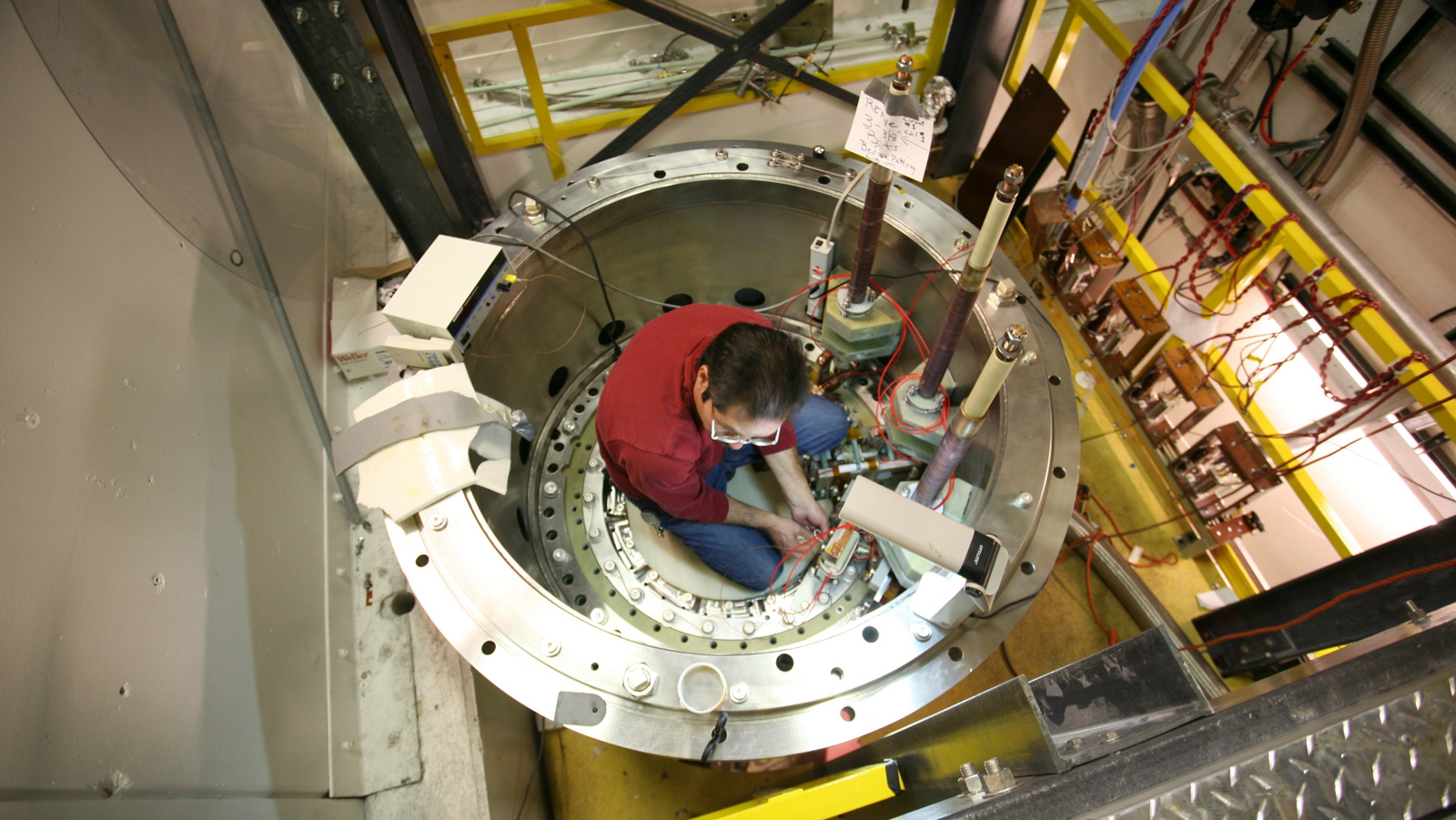A team of scientists at the National High Magnetic Field Laboratory (MagLab) has achieved a significant breakthrough by creating the world’s first non-explosive 100-tesla pulsed magnet. This landmark development, realized at the Los Alamos National Laboratory in 2012, marks a pivotal moment in magnetic research, allowing for measurable scientific results in high magnetic environments.
The strength of magnetic fields is measured in teslas, a unit named after the inventor Nikola Tesla, who discovered the rotating magnetic field in 1882. For context, the Earth’s magnetic field is a mere 50 microteslas, roughly 2 million times weaker than the new 100-tesla magnet. While researchers have produced magnetic fields exceeding 1,000 teslas, these typically result in explosive reactions that last only 0.0075 milliseconds, rendering them impractical for scientific measurements.
The breakthrough at MagLab is crucial for scientists studying superconductivity, as it allows for stable, repeatable measurements. This capability significantly enhances the understanding of how materials behave under extreme magnetic conditions, which is vital for advancements in fields such as energy, medicine, and fundamental physics.
Applications and Innovations in Magnetic Research
The implications of this technology extend beyond theoretical research. For instance, the international consortium ITER has constructed a sixty-foot magnet to investigate fusion energy, while magnetic resonance imaging (MRI) machines have revolutionized medical diagnostics. At Los Alamos, the 35-ton magnet operates continuously, facilitating a range of scientific inquiries from quantum technologies to pathology.
MagLab’s magnet is an engineering marvel, composed of four electrical circuits. The outer coil utilizes a powerful 1.4-gigawatt generator, producing more energy than 140 million LED lightbulbs. The inner circuit employs a 2 megajoule capacitor, which discharges energy rapidly. To prevent overheating, the coils are maintained in a dewar filled with liquid nitrogen, keeping the system at an astonishing -324.67 degrees Fahrenheit. Although this cooling system is effective, it requires about an hour for the magnet to return to optimal temperatures after use.
The Pulse Field Facility’s unique design allows for pulses lasting up to 15 milliseconds, significantly longer than previous explosive magnets. This extended duration enables scientists to record usable measurements, essential for conducting multiple experiments and achieving consistent results.
Exploring the Frontiers of Science
At MagLab, condensed matter physicists leverage the magnet to study superconductivity, which involves analyzing how subatomic particles behave under magnetic influences. This research is akin to using a telescope to explore the cosmos, providing insights into otherwise hidden properties of matter. The findings have broad applications, from enhancing consumer products to developing more effective medical devices.
In the medical field, researchers utilize the Pulsed Field Facility to investigate living organisms and diseases, shedding light on complex health issues such as cancer and neurodegenerative disorders. Recent discoveries include identifying water-soluble chemicals in asphalt and analyzing the chemical composition of Arctic rivers, demonstrating the facility’s versatility.
Despite its groundbreaking achievements since its launch, the future of MagLab is uncertain. Facing a potential 40% funding cut in the 2026 budget proposed by Congress, the facility’s ability to continue its vital research may be jeopardized. This funding reduction could hinder the United States’ competitive edge in magnetic research, impacting numerous scientific fields that rely on these advanced technologies.
As the scientific community rallies to support continued funding, the implications of MagLab’s work extend well beyond the laboratory, promising to reshape our understanding of the natural world and drive innovations across various sectors.
